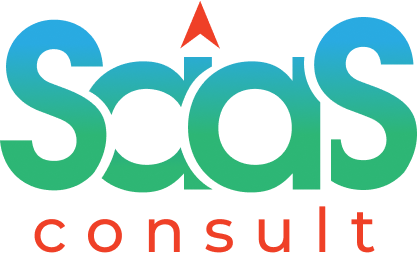What is SaaS (Software as a Service) sales cycle
The SaaS (Software as a Service) sales cycle refers to the process of selling a SaaS product or solution to a customer. It encompasses the various stages and activities involved in identifying, qualifying, and closing deals with potential customers. The specific length and complexity of the sales cycle can vary depending on factors such as the complexity of the SaaS solution, the target market, and the customer’s decision-making process. However, here is a general overview of the SaaS sales cycle:
1. Prospecting: The sales cycle begins with prospecting, where sales representatives identify potential customers who may have a need for the SaaS solution. This can involve lead generation activities such as cold calling, email campaigns, attending industry events, or leveraging marketing channels.
2. Qualification: In this stage, the sales team qualifies the leads to determine if they are a good fit for the SaaS solution. They assess factors such as the customer’s needs, budget, decision-making process, and fit with the SaaS product’s target market. This helps prioritize leads and focus efforts on the most promising opportunities.
3. Discovery and Needs Assessment: Once a lead is qualified, the sales team engages in a discovery process to understand the customer’s specific requirements and pain points. They conduct in-depth conversations, meetings, or product demos to gather information and assess how well the SaaS solution can address the customer’s needs.
4. Proposal and Customization: Based on the customer’s requirements, the sales team prepares a tailored proposal that outlines how the SaaS solution can meet their needs. This may involve customizing the pricing, features, or implementation plan to align with the customer’s specific requirements.
5. Negotiation and Closing: In this stage, the sales team engages in negotiation with the customer to finalize the terms of the deal. This includes discussing pricing, contract terms, and any specific customization or integration requests. The goal is to reach an agreement and secure a commitment from the customer to move forward with the purchase.
6. Implementation and Onboarding: Once the deal is closed, the customer goes through the implementation and onboarding process to start using the SaaS solution. This involves setting up the software, configuring it to meet the customer’s needs, and providing training and support to ensure a smooth transition.
7. Account Management and Expansion: After the initial sale, the sales team focuses on account management to nurture the customer relationship and drive expansion opportunities. This can involve upselling or cross-selling additional features or modules, conducting regular check-ins, and providing ongoing support to ensure customer satisfaction and retention.
It’s important to note that the SaaS sales cycle may involve multiple touchpoints, interactions, and iterations as customers evaluate and compare different solutions. Sales teams often need to engage with multiple stakeholders, address concerns or objections, and provide value throughout the process to successfully close deals and drive customer adoption of the SaaS solution.

